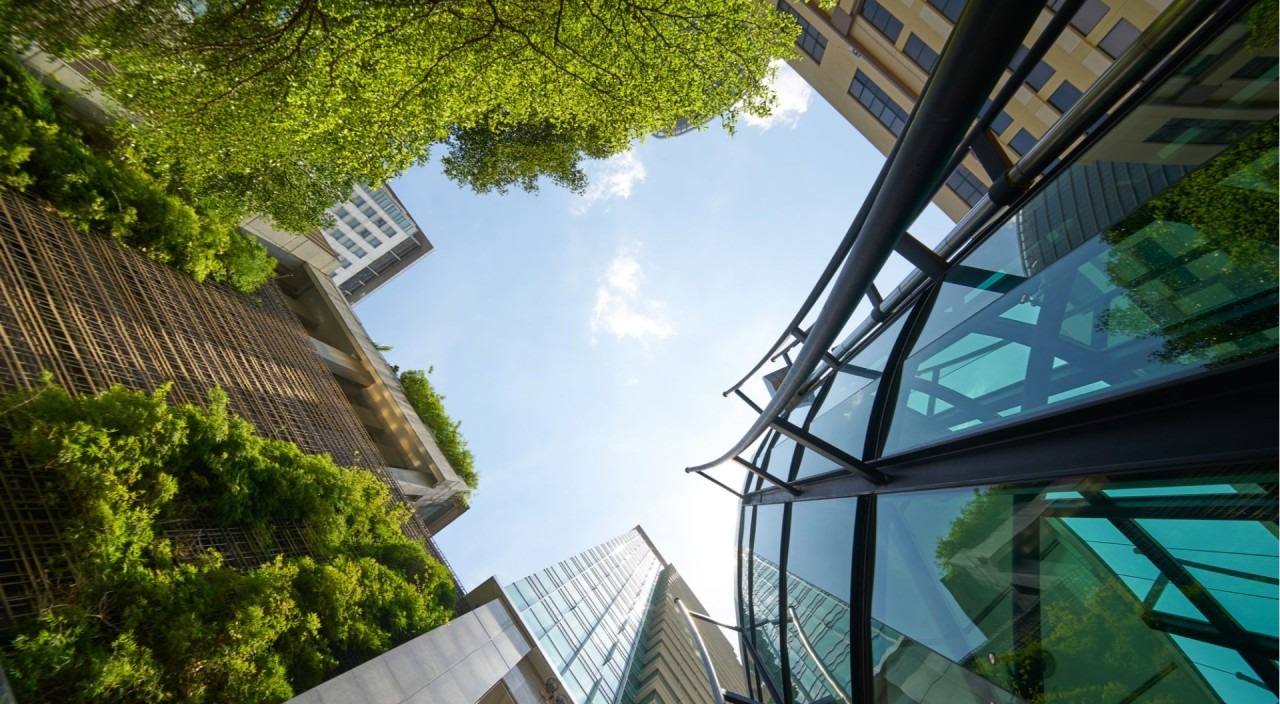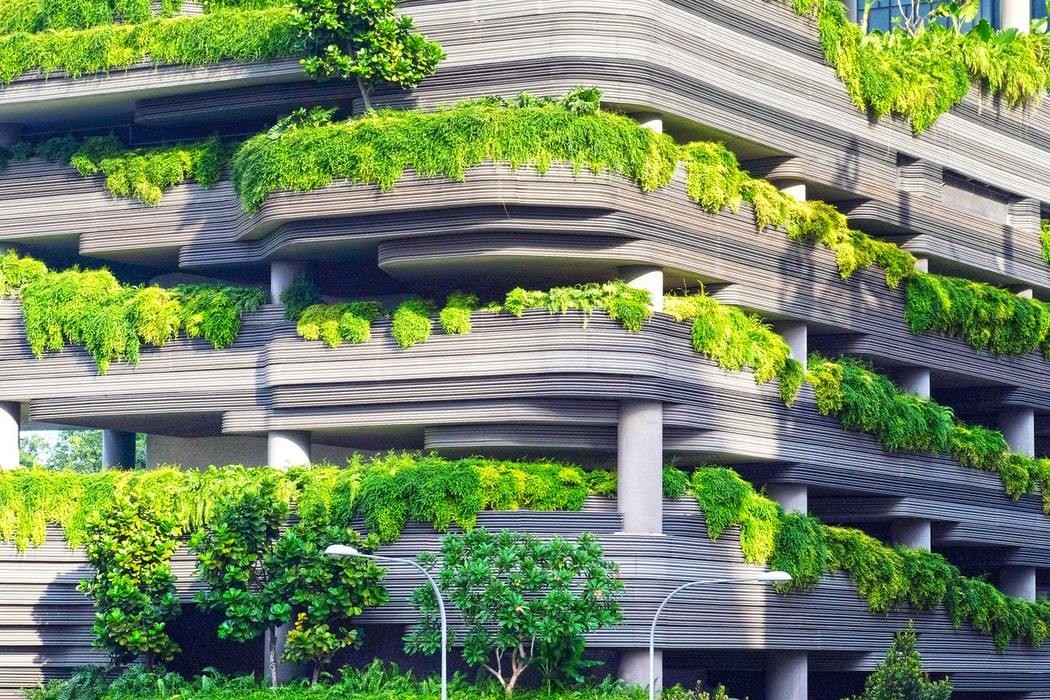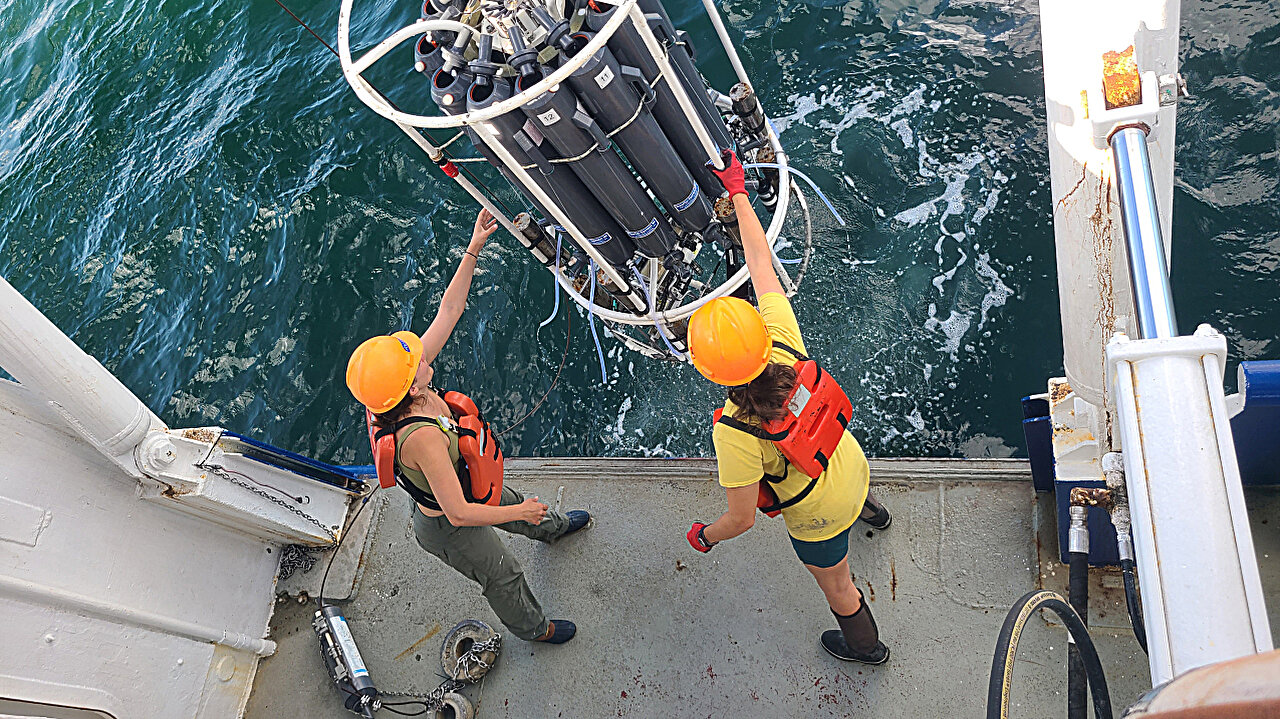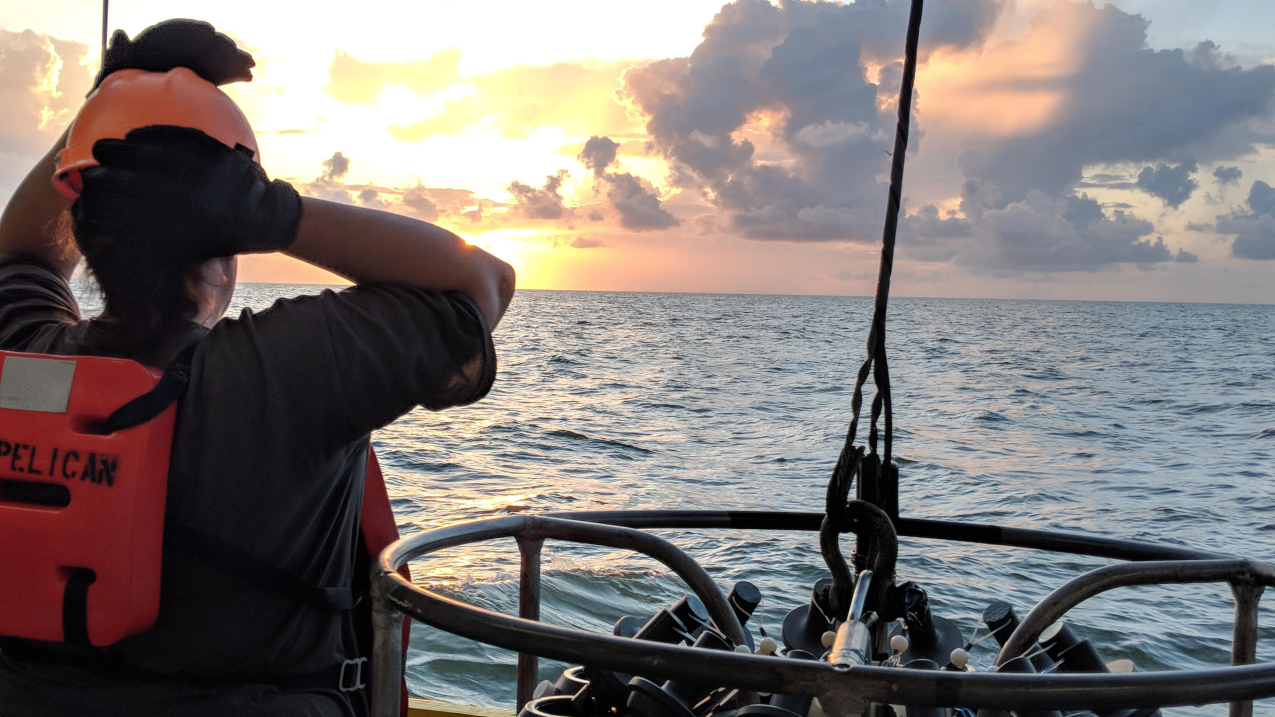In Thailand, floods have killed 22 people and affected thousands of families
In Thailand, disaster once again struck the country with destructive force: floods that swept through several regions led to the tragic death of 22 people. The situation remains critical and authorities are warning of possible new threats, urging citizens to be extremely careful and prepare for further challenges that could hit in the coming days.
Shinawatra visits affected areas as rescue workers try to free workers from rubble in Nakhon Ratchasima
Thailand has been hit by powerful monsoon rains in recent days, causing widespread flooding and landslides that have killed 22 people and left 19 others injured. Local authorities reported widespread destruction affecting more than 30,000 households in various provinces of the country. These extreme weather conditions were the result of intense torrential rainfall that hit the country and caused river levels to soar, flooding large areas.
On the southern island of Phuket, which was hit particularly hard, a landslide struck, killing 13 people, including a Russian couple and nine migrant workers from neighboring Myanmar. These tragic events are only part of a larger picture of destruction that has affected dozens of provinces. Officials warn the risk of flooding and landslides remains and urge residents to take extra care.
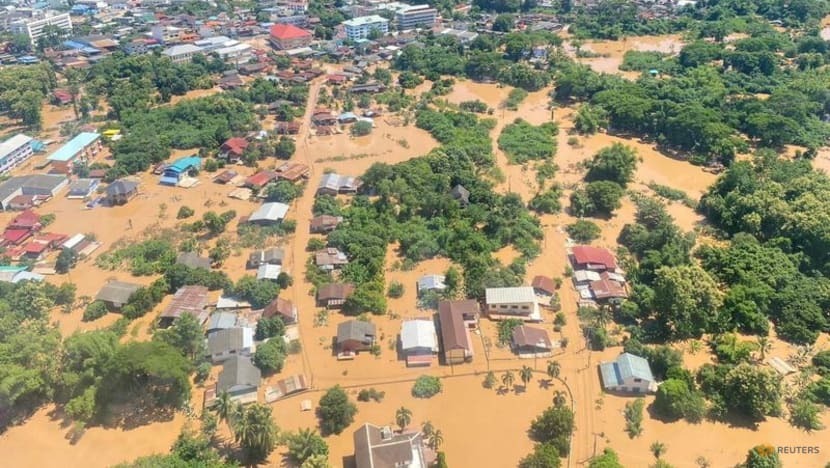
Prime Minister Patong Tan Shinawatra is actively involved in providing assistance to the victims. He personally visits flooded areas, distributing food rations to residents of northern Nana. At the same time, the Ministry of Transport is faced with the challenges of rescue operations, in particular at the construction site of the Thai-Chinese railway in Nakhon Ratchasima province, where a tunnel collapsed. Rescuers are struggling to free three workers from the rubble, highlighting the scale of the problem.
In light of current events, authorities urge the public to take precautions and monitor weather forecasts as monsoon rains are expected to continue. Experts warn of possible new waves of floods and landslides, which could cause further damage and loss.
New threats: strategies to prepare for and protect against floods and landslides
With the growing threat of floods and landslides, it is important to know how to act correctly to minimize risks to life and health. The first and foremost recommendation is to follow weather warnings and recommendations from local authorities. Modern technology allows you to quickly receive information about potential threats, so it is important to stay up to date with the latest updates and prepare in advance for possible disasters.
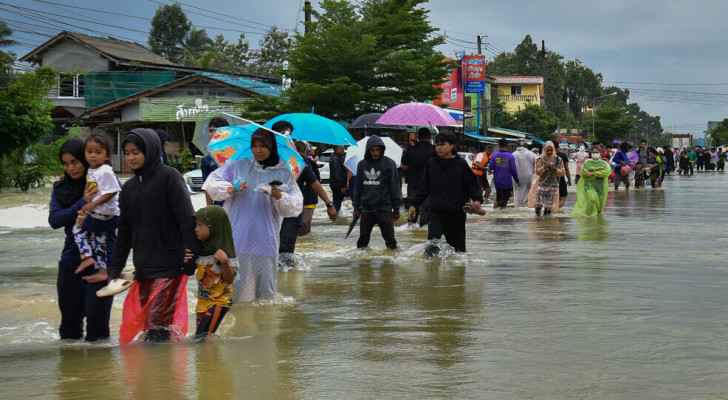
If there is a threat of flooding, if you are in a risk area, you should evacuate immediately. The water can rise very quickly and you need to be prepared to react quickly. Prepare an emergency kit that includes important documents, medications, water, non-perishable food, a flashlight and spare batteries. If you are indoors, move valuables to upper floors and turn off electricity to prevent short circuits.
In case of landslides, it is also important to act in advance. If you live near slopes or in an area prone to landslides, try to avoid these areas in rainy conditions. Watch closely for signs of ground instability, such as cracks in the ground or flooded areas. If a landslide has already occurred, immediately leave the danger zone and report the situation to emergency services. Try to avoid driving in landslide areas, as roads may be destroyed or blocked.
In both cases, remain calm and follow the instructions of local authorities. Regular training and emergency response training will help you and your family be more prepared for unexpected natural disasters.



